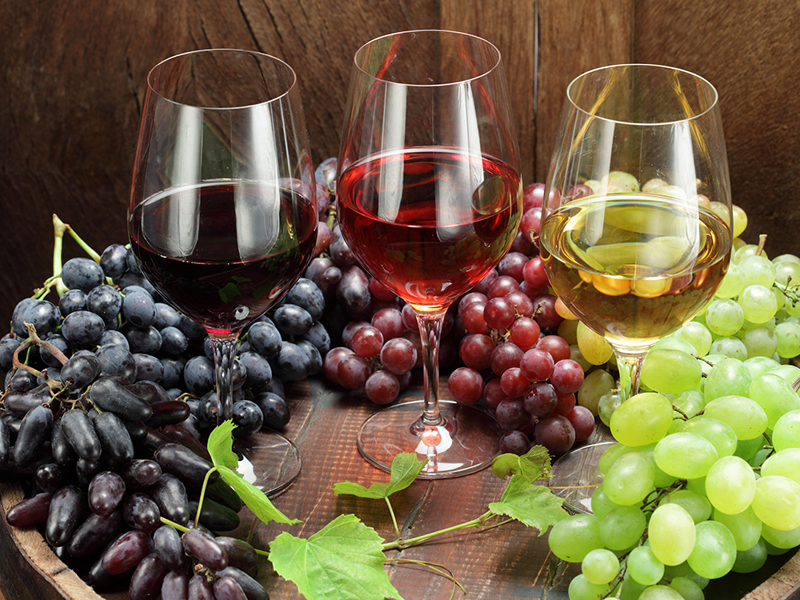Fonterra Co-operative Group Limited has announced its 2022 Interim Results which show the co-op has delivered a half year Profit After Tax of $364 million, a Total Group normalised EBIT of $607 million, and a decision to pay an interim dividend of 5 cents alongside a record high forecast Farmgate Milk Price. Continue →
The post A POSITIVE PERFORMANCE BY FONTERRA appeared first on NZ Food Technology News.





